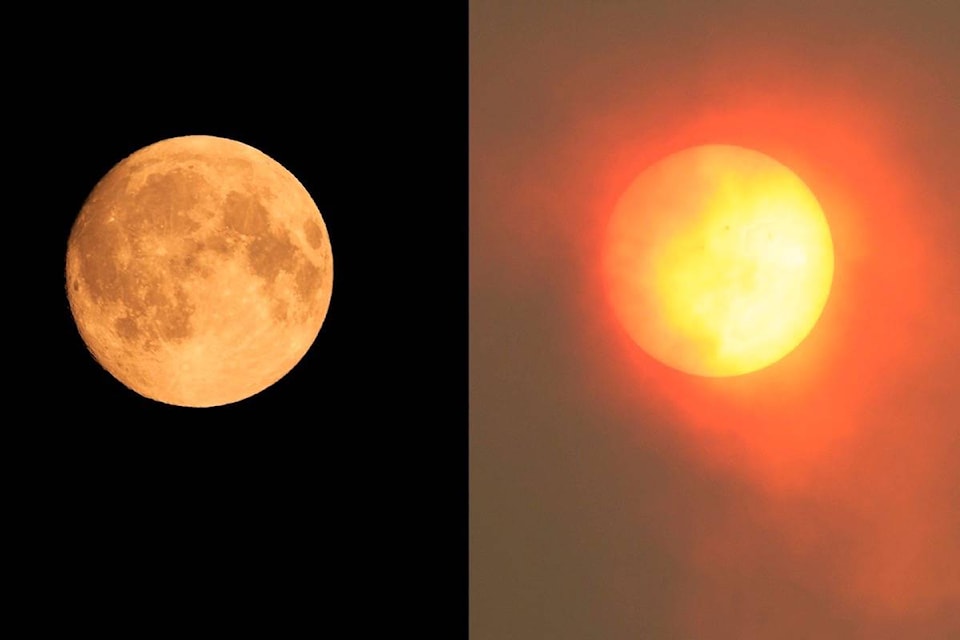This year we’ve had a blistering hot summer with heavy smoke in the air on many mornings.
The hot days even continued through early September, so autumn was more a promise than a reality. Even though it doesn’t smell like fall yet, we have the early signs — leaves changing colour, rains finally falling, and geese honking across the sky. Autumn is the favourite season for many people.
There’s something sad about the shifting away from the heat of summer to this in-between period where many things still happen. And this year, many people in Castlegar have been wishing for several days of rain, rain, wonderful rain, forgetting that colder weather often comes with it.
For the hunters, it’s a time of spending time in the outdoors and locating deer or flushing out game birds. For the orchardists, it’s a time of picking apples and pears and selling them to friends and neighbours around the valley.
For me, autumn has to do with the harvest. The great English poet John Keats in Ode to Autumn speaks of it as a “season of mists and mellow fruitfulness.” And this year, my incredible plum tree has once again produced a bounty of purple-black plums, so much so that I know what Keats was talking about.
This is also the season when gardeners brag about their prowess as growers. When they planted way back in late April or early May, they weren’t sure of the result. But now they know the soil and watering have done their work, and even though the excessive heat has dried up a lot of plants, the carrots, potatoes, and beets have survived.
Sure it’s a downer when you have to pull the cucumber vines and the corn stalks because they’re dried up and no longer producing. But sometimes you find a green cucumber you missed earlier or a late cob of corn worth husking. And the flowers — especially the dahlias, zinnias, and Michaelmas daisies — are exuberant in the hazy autumn light.
My greatest glory as a gardener, however, has been my tomato patch. Every year in the past I planted 15 to 20 plants, and every year they have rewarded me. I plant them in tapered metal baskets, but by mid-summer, those containers are no longer visible as the tomato-greenery reaches toward the sky.
This year is the same except that I set out a dozen plants and was late getting them going. These plants have indeed produced baskets of tomatoes, but they’re taking their time ripening. Fortunately, my son and his amazing friend have a garden full of tomatoes—red ones, yellow ones, and black ones ready to pick.
So we’re already eating tomatoes, canning tomatoes, and making salsa, adding in our own where possible. For us, autumn always takes on a tomato hue, and that glow has nothing to do with the blood-red sunrise climbing through the smoke or the orange moon rising through the haze from far-off forest fires.
Despite the joy of gathering and eating and preserving, autumn does have a melancholy air. It is after all the end of things and the harbinger of winter. It is no longer “August laughing against the sky” as Canadian poet Pauline Johnson said of summer.
As the leaves take on their crimson and golden hues in late September and frosts begin to whiten the lawns in the mornings, we need to recognize that dying off is next. Yes, autumn is glorious, and yes it speaks to the spirit of those who love the outdoors, but leaf changes and morning frosts are more than examples of beauty. They are warnings that winter is approaching and snow will cover the land too soon.
